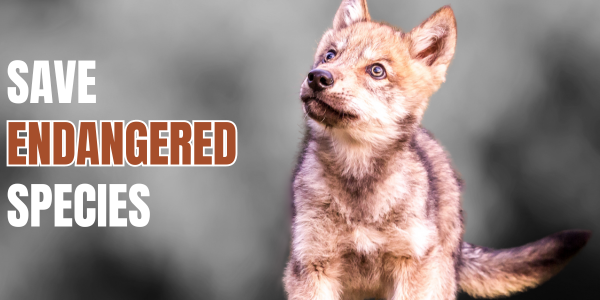Photo credit: iStock
Greater sage grouse (Centrocercus urophasianus) | ESA status: none
Greater sage grouse
The greater sage grouse, an ambassador for the Sagebrush Sea, is known for its elaborate mating rituals. This striking, charismatic bird derives its name, food, and shelter from the sagebrush on which it depends.
Greater sage grouse habitat
The greater sage grouse inhabits the Sagebrush Sea and is a classic indicator species for the health of the ecosystem. The historic range of greater sage grouse closely conformed to the distribution of sagebrush steppe in what became 13 Western states and three Canadian provinces. However, greater sage grouse range has been reduced by almost half since the 1900s, while its range-wide abundance has decreased between 69 and 99 percent from historic levels.
Greater sage grouse mating ritual
The greater sage grouse mating ritual is often described as one of the most stirring and colorful natural history pageants in the West. In early spring, at dawn and often at dusk, males congregate on “leks;” ancestral strutting grounds to which the birds return year after year. Leks vary in size from one to 40 acres. To attract a hen, cocks strut, fan their tail feathers and swell their breasts to reveal bright yellow air sacs. The combination of wing movements and inflating and deflating air sacs makes an utterly unique “swish-swish-coo-oopoink!”
What are the threats to the greater sage grouse?
Humans have grazed, plowed, sprayed, burned, drilled, developed, mined, and driven over most of the greater sage grouse’s range. Their remaining habitat is fragmented and degraded by weeds, unnatural fire, conifer encroachment, utility corridors, roads, and fences.
The combination of habitat loss and population decline finally compelled the U.S. Fish and Wildlife Service to make the greater sage grouse a candidate for listing under the Endangered Species Act in 2010. Unfortunately, the Service found the grouse “not warranted” for listing in 2015. The Bureau of Land Management is responsible for approximately half of the sage grouse’s range, and the agency has continued to permit a multitude of harmful land uses on public land, including oil and gas development, livestock grazing, and off-road vehicle use.
What WildEarth Guardians is doing to preserve the greater sage grouse
We have redoubled our efforts to protect greater sage grouse and the Sagebrush Sea. We challenge destructive land uses in sage grouse range, advocate voluntary grazing permit retirement in sagebrush steppe, and fight to improve weak sage grouse management plans that fail to address the most serious threats to the birds.
Historical Significant Actions
WildEarth Guardians and partners file a lawsuit challenging land use plans that fail to adequately protect sage grouse February 2016
U.S. Fish and Wildlife Service finds the greater sage grouse “not warranted” for listing October 2015
Greater sage grouse included in landmark settlement with the U.S. Fish and Wildlife Service May 2011
Wildlife Press: Greater sage grouse
Federal officials urged to strengthen sage grouse habitat protections, prevent bird’s extinction
Seventy-seven land-use plans proposed by the BLM threaten 69 million acres of greater sage grouse habitat.
Read more >